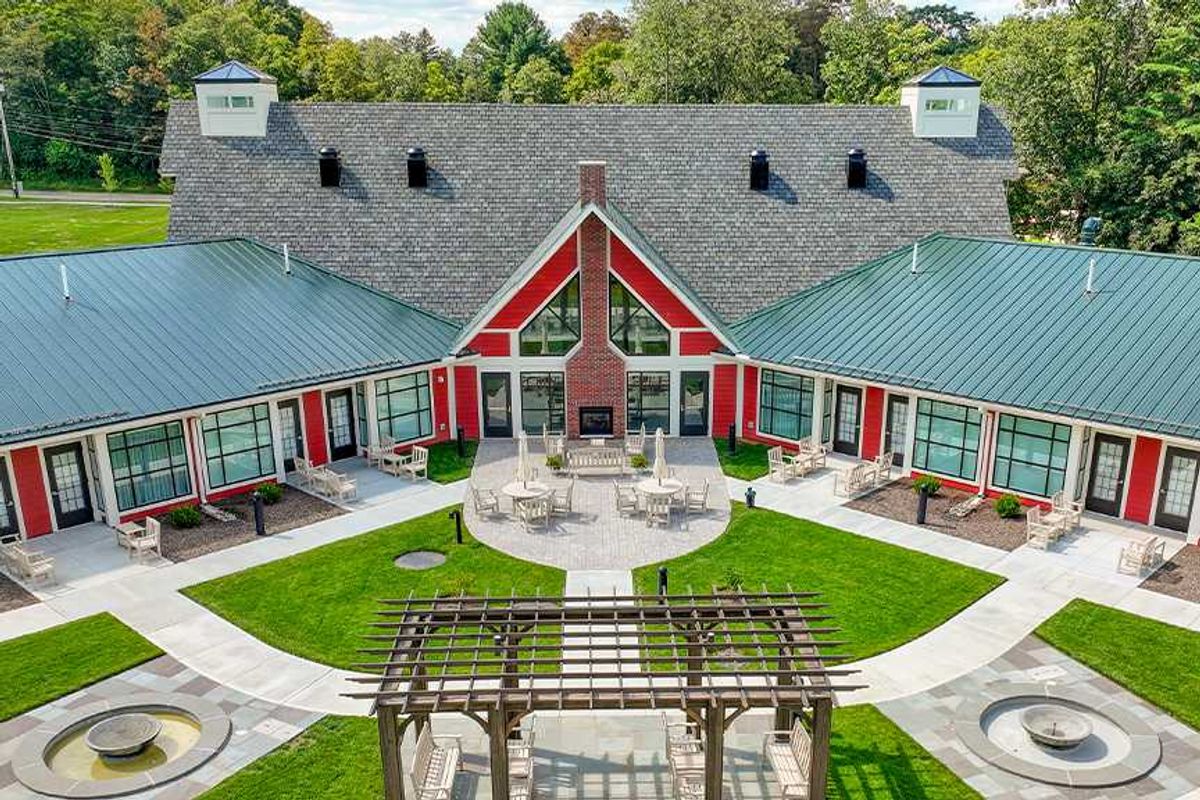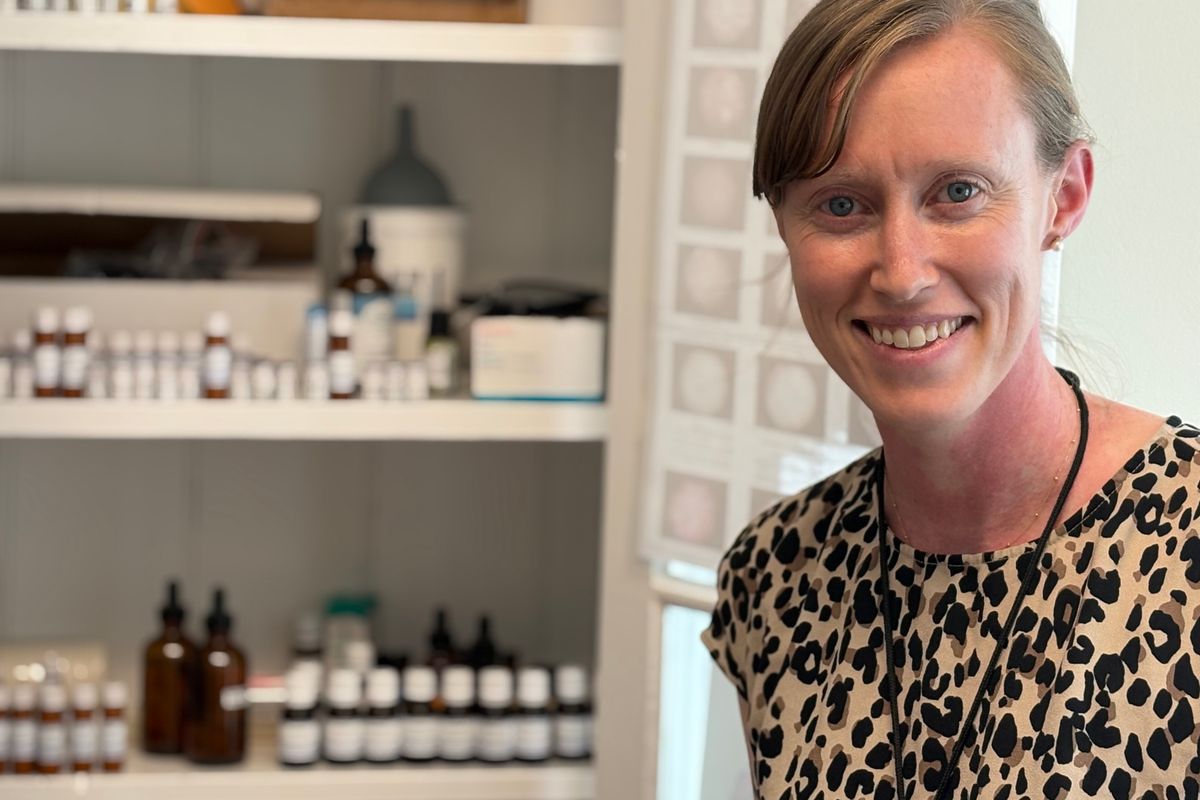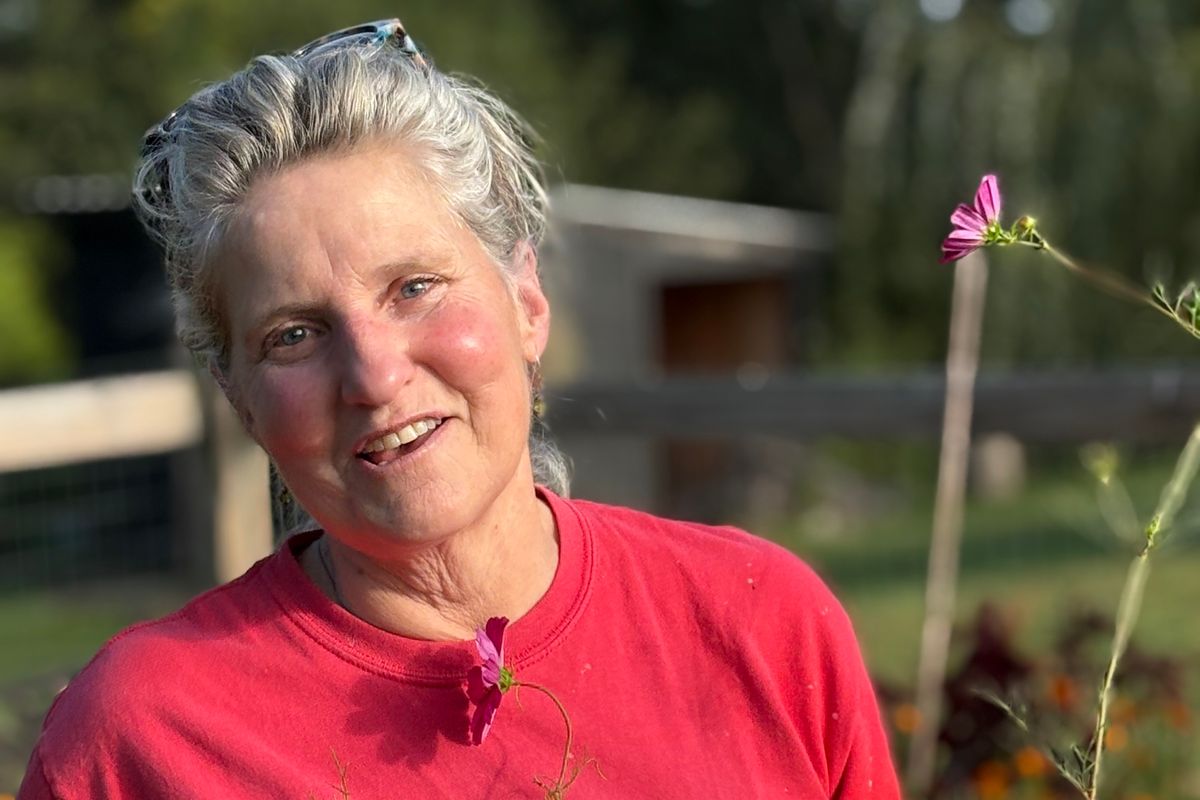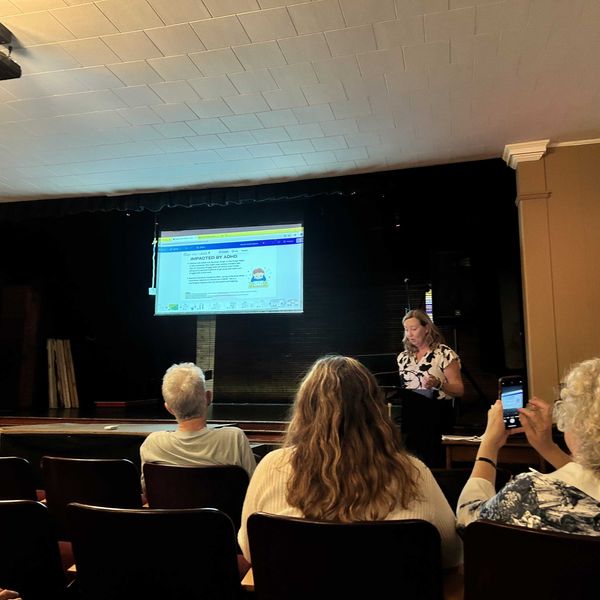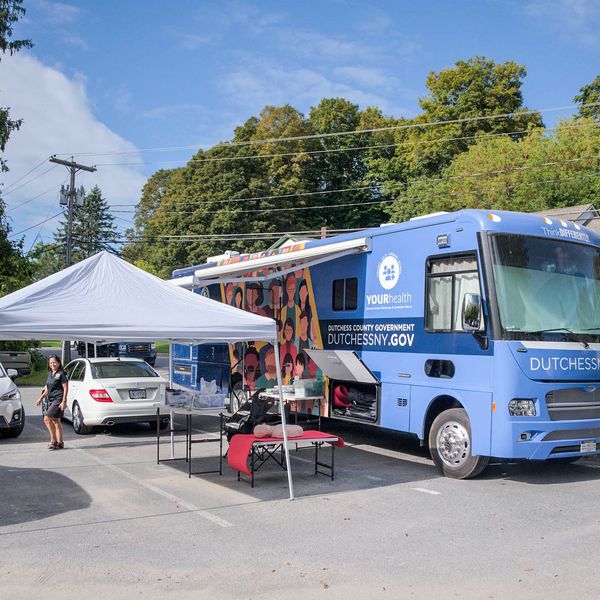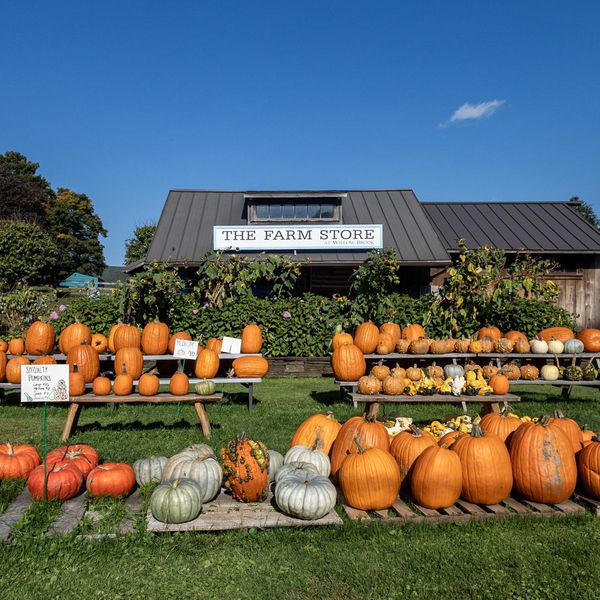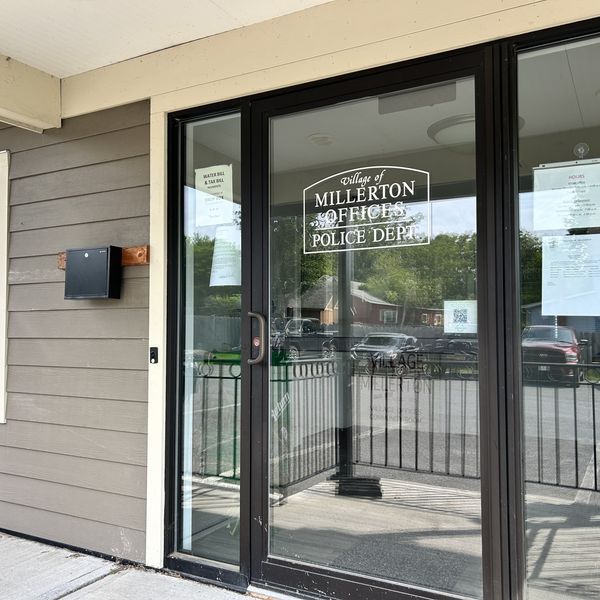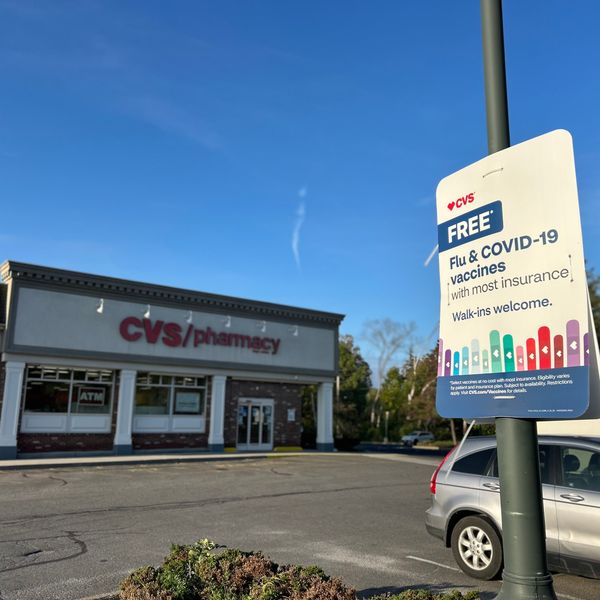Alums gather for final Greer School reunion
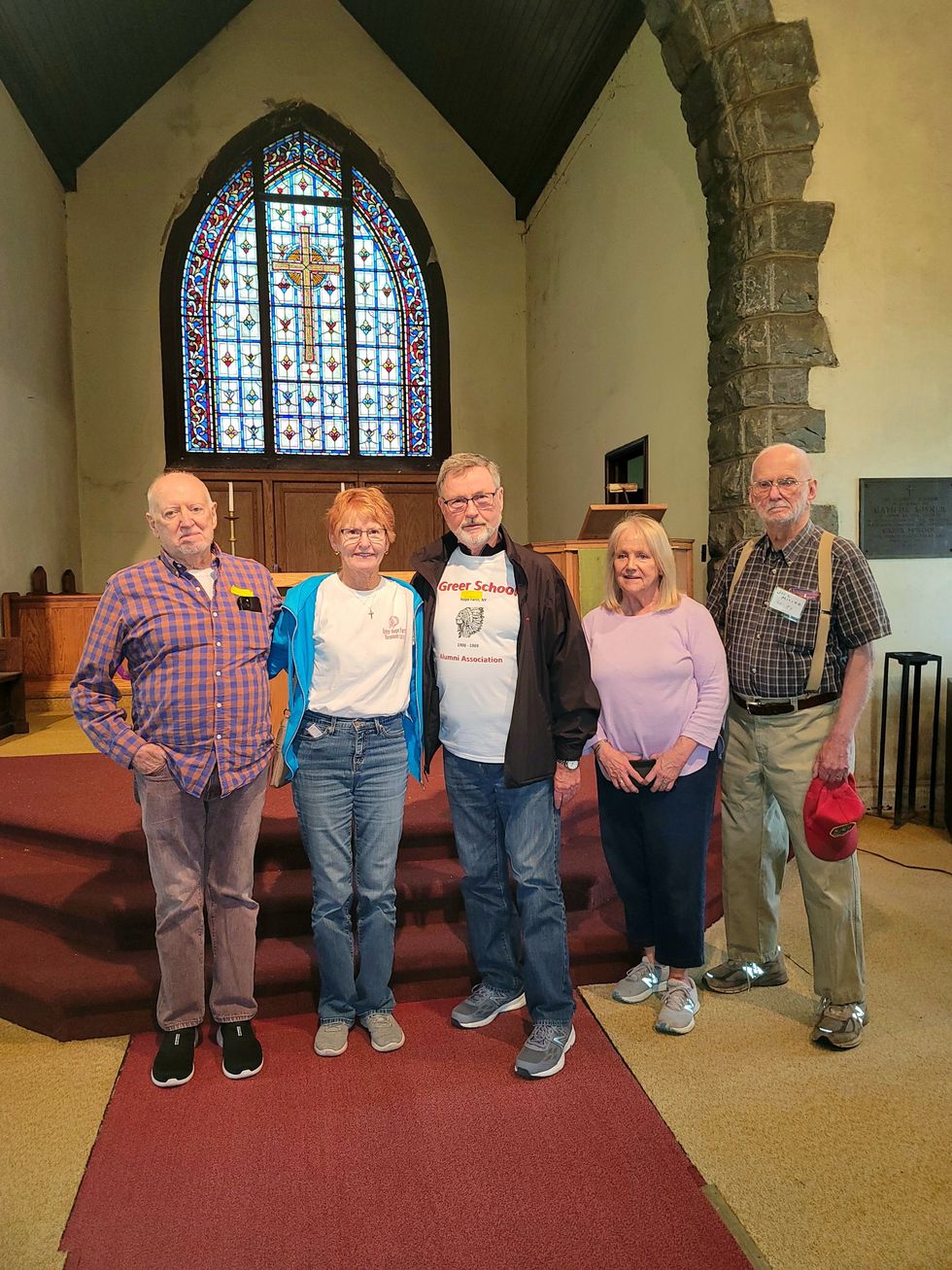
At Child’s Chapel, located at the Fountains retirement community in Millbrook, once Hope Farm and later Greer School. From left, Glenn Fillman, Barbara Anderson, Jim Anderson, Cheryl Montaigne and Jack Miller.
Photo by Judith O’Hara Balfe
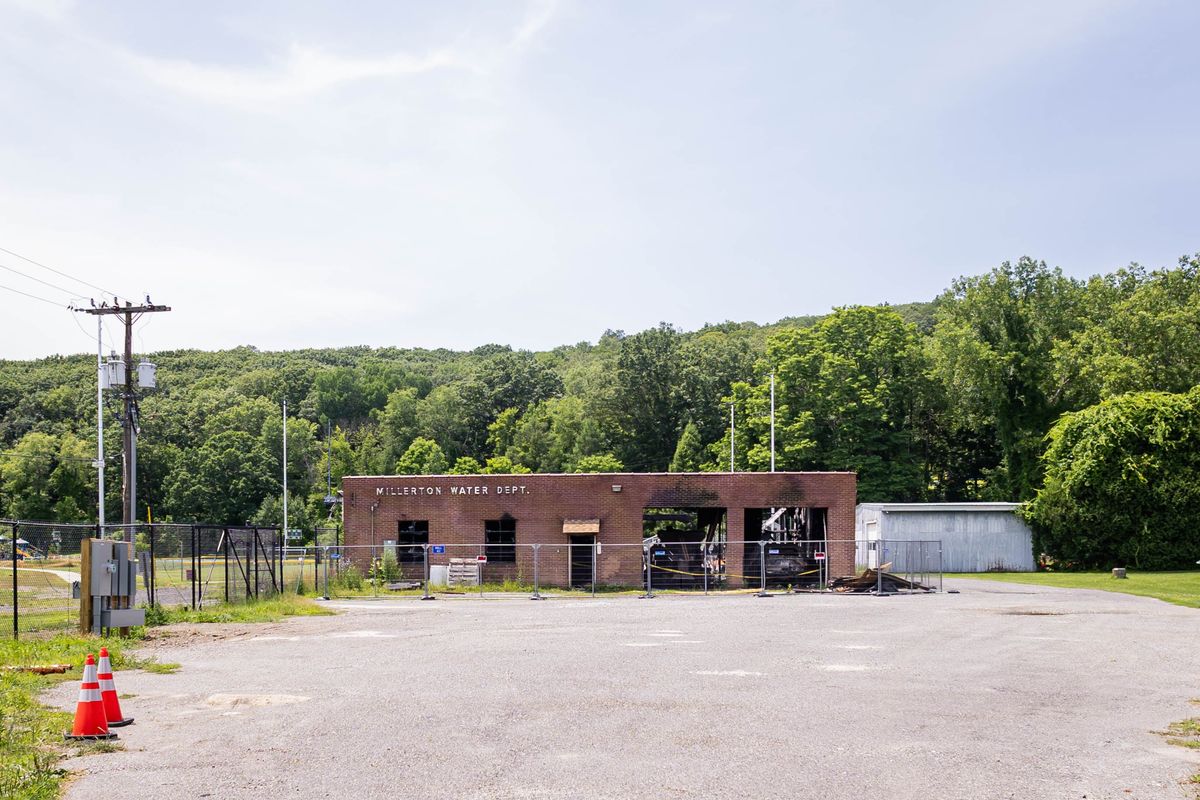
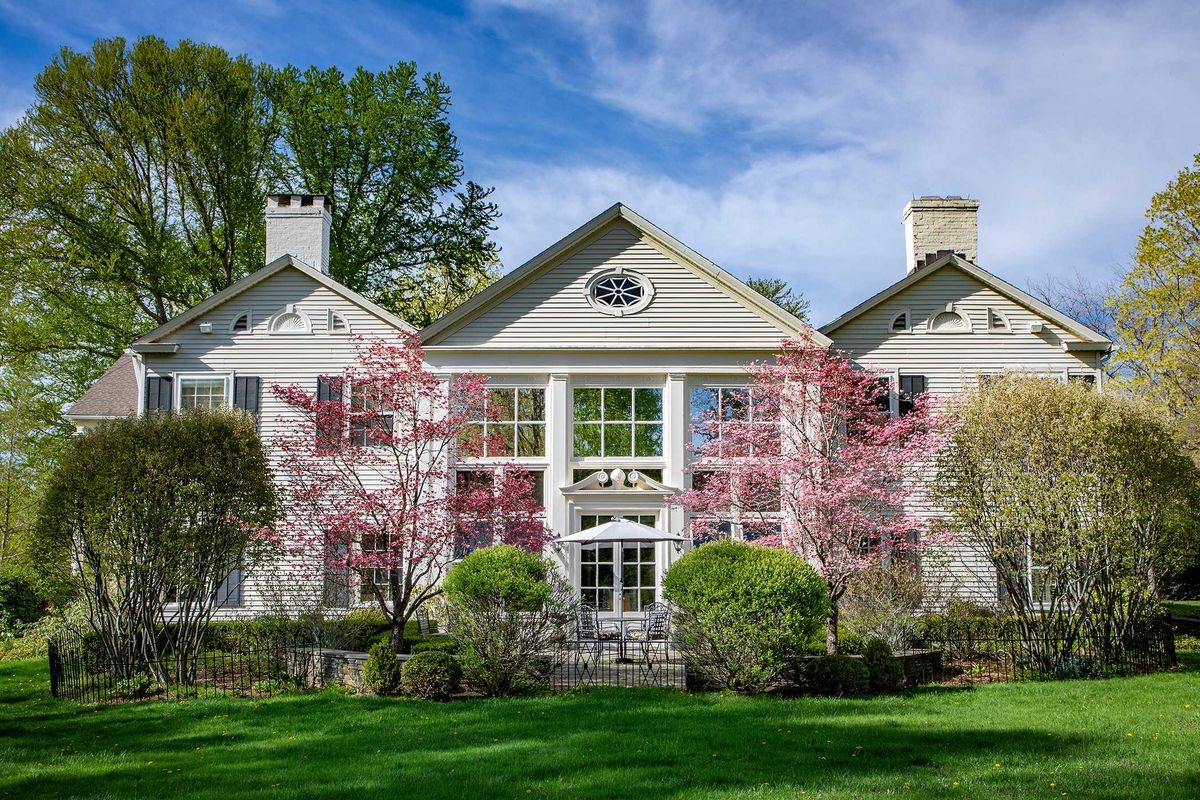
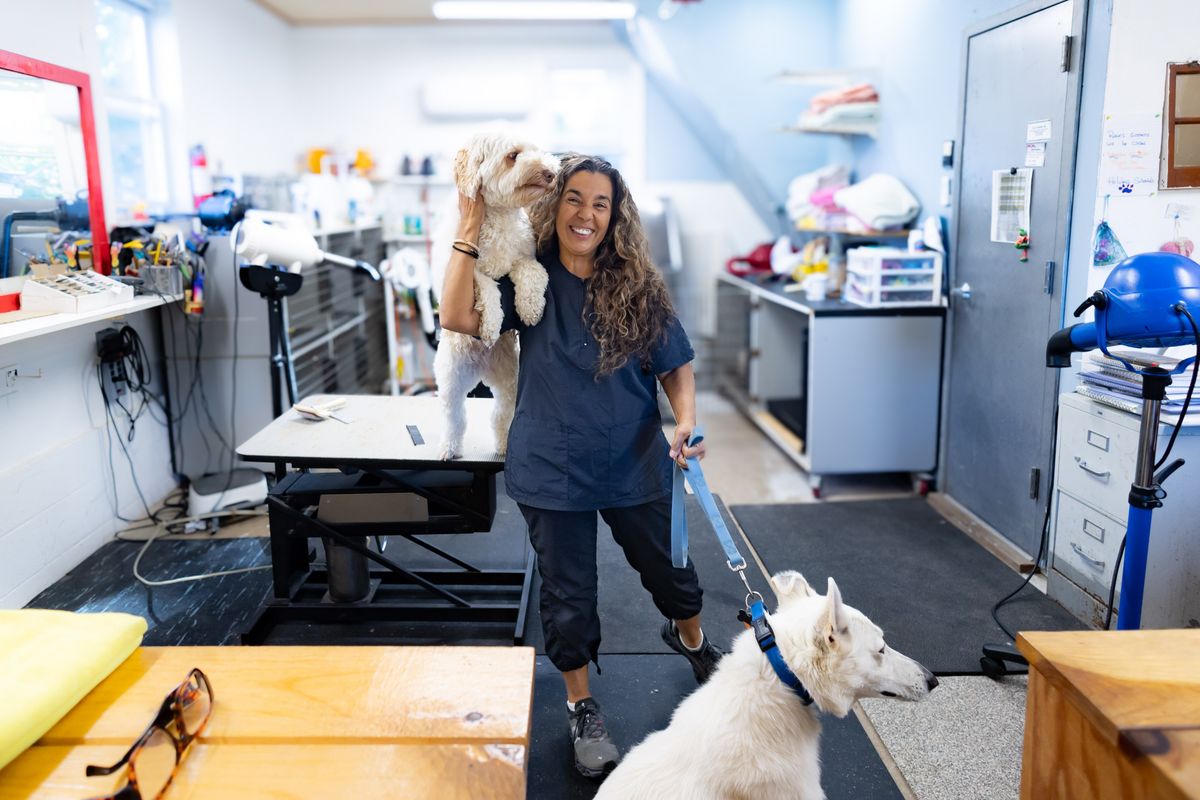


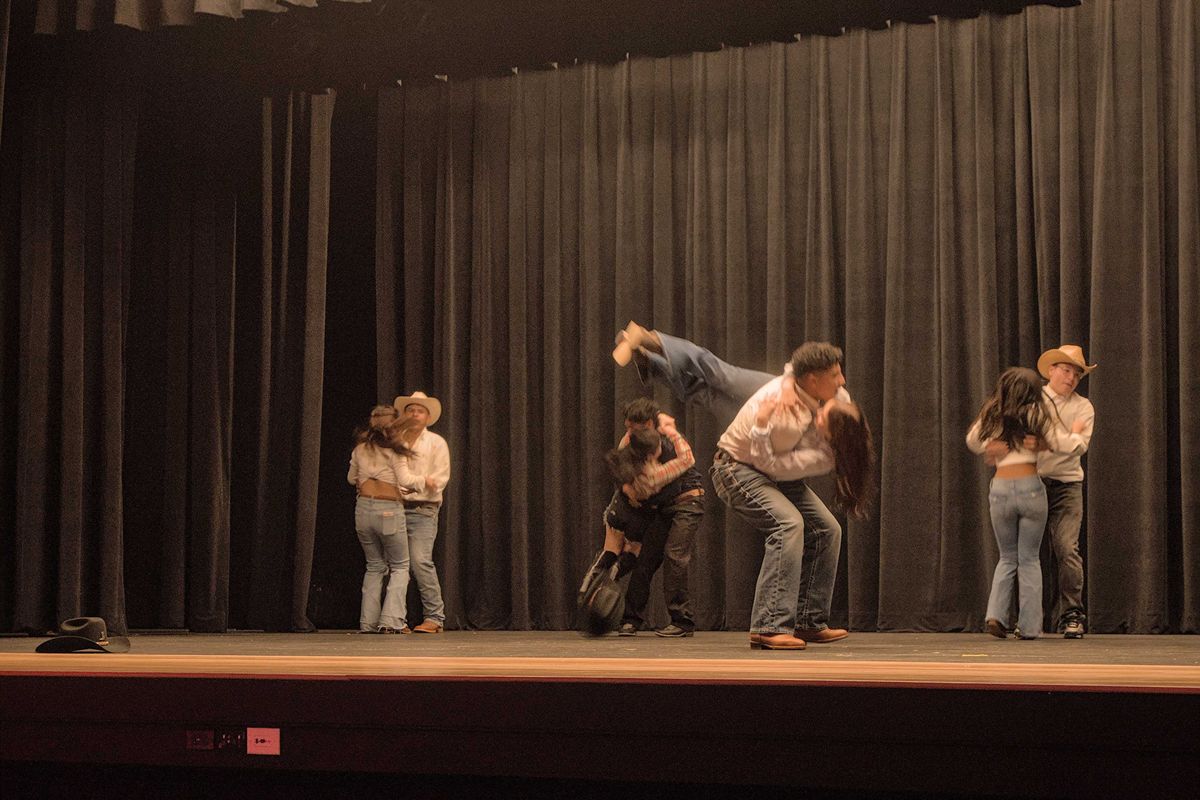
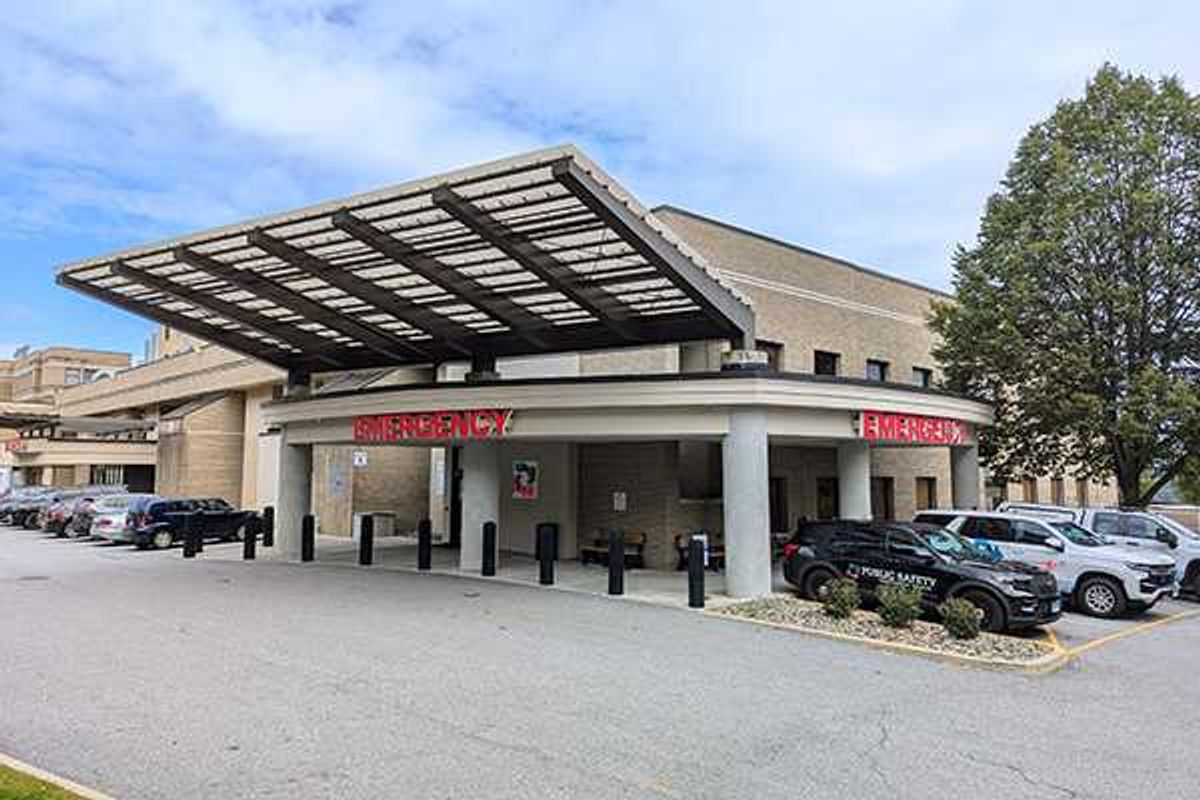
 Charlotte Hungerford Hospital emergency roomRiley Klein
Charlotte Hungerford Hospital emergency roomRiley Klein Hartford HealthCare GoHealth on East Main St.Riley Klein
Hartford HealthCare GoHealth on East Main St.Riley Klein Hartford HealthCare GoHealth on South Main St.Riley Klein
Hartford HealthCare GoHealth on South Main St.Riley Klein Concentra urgent careRiley Klein
Concentra urgent careRiley Klein American Family Care (AFC)Riley Klein
American Family Care (AFC)Riley Klein